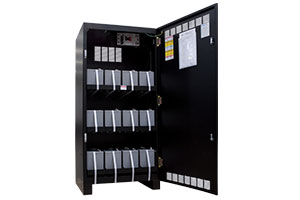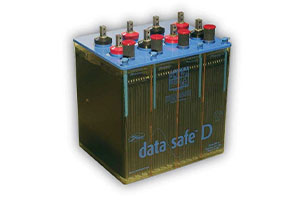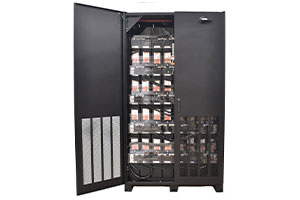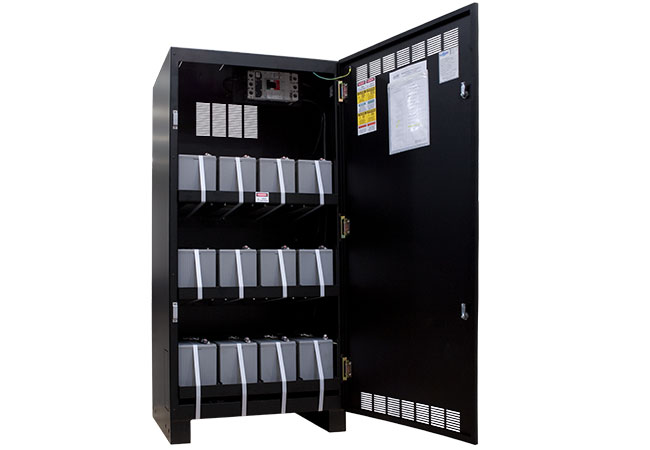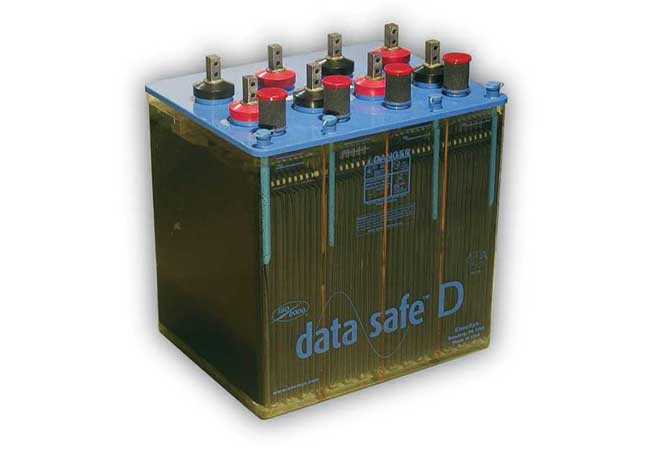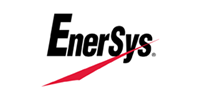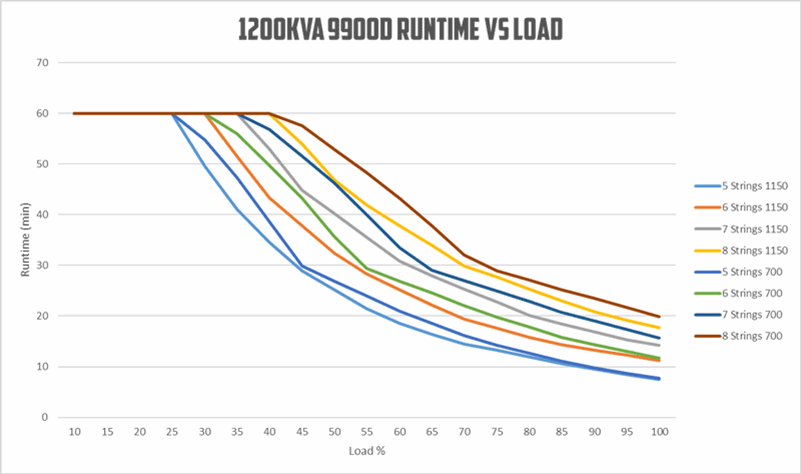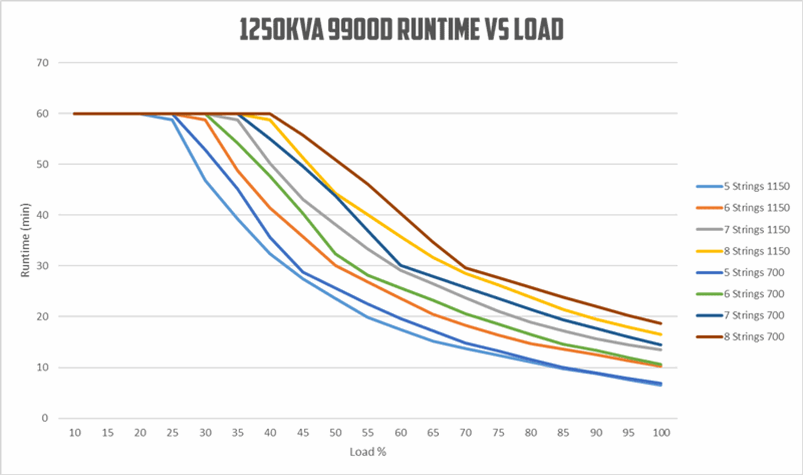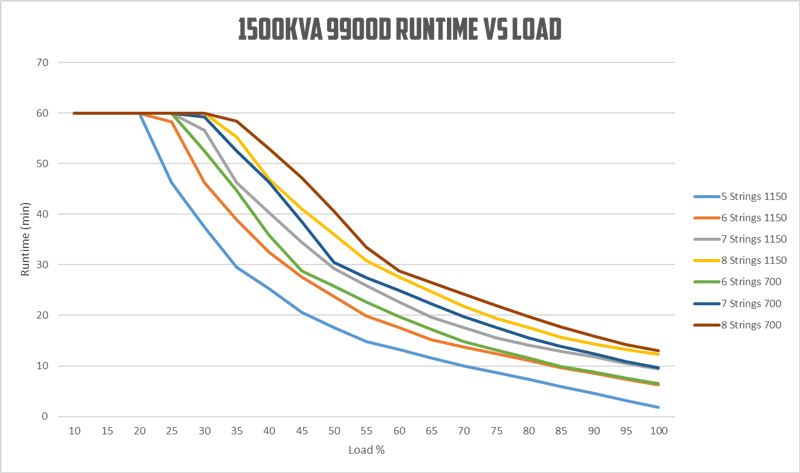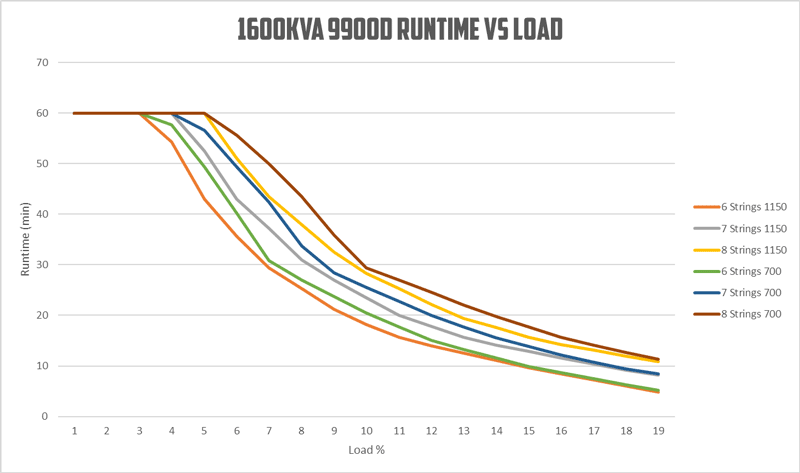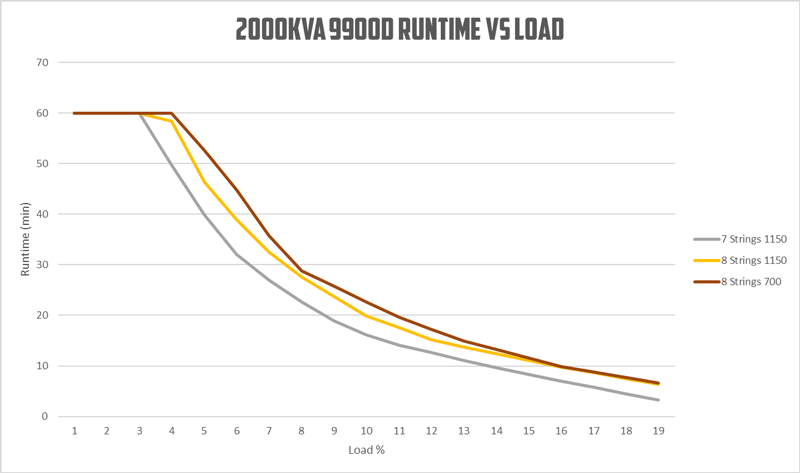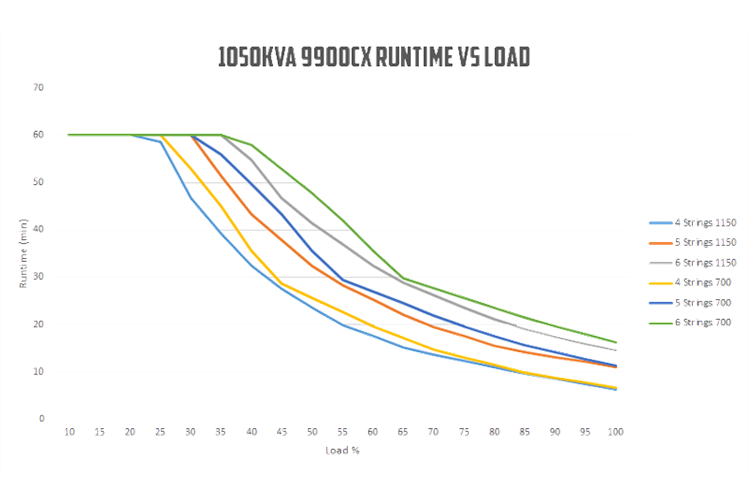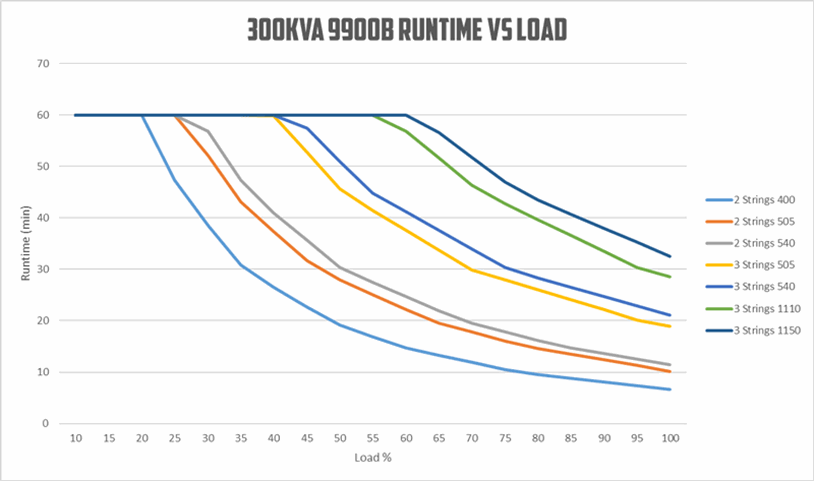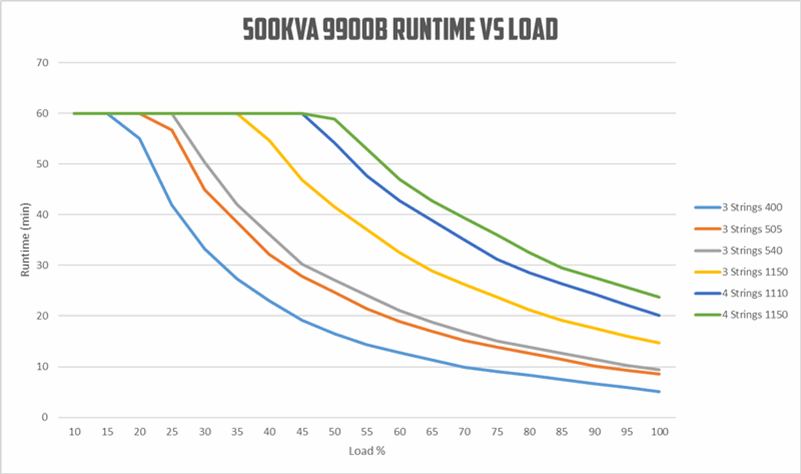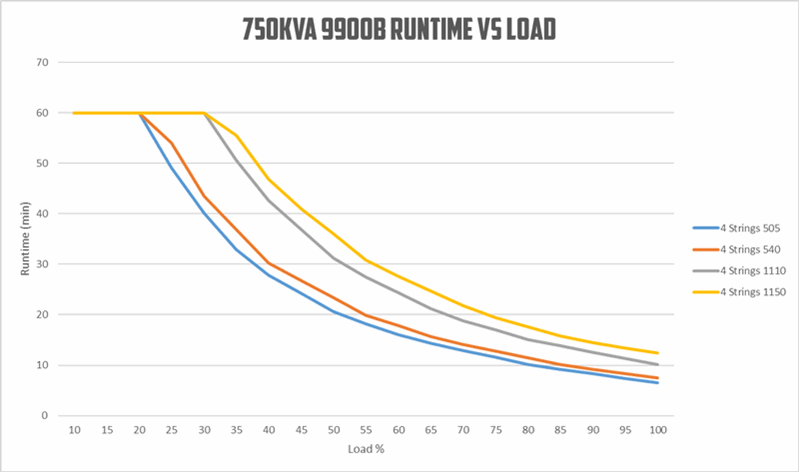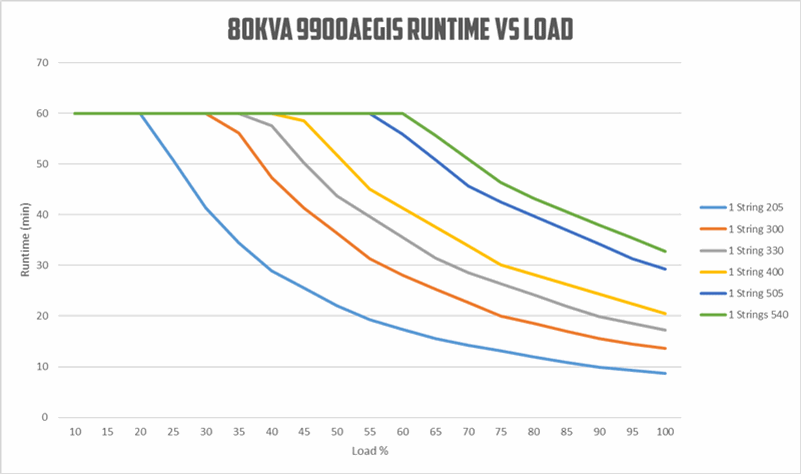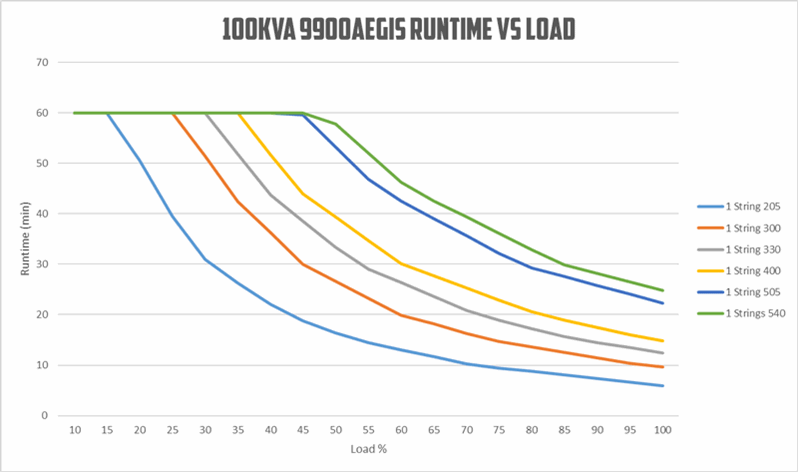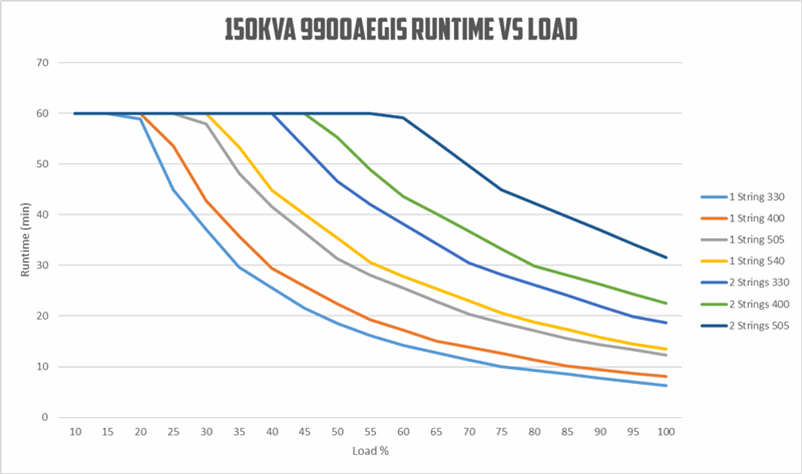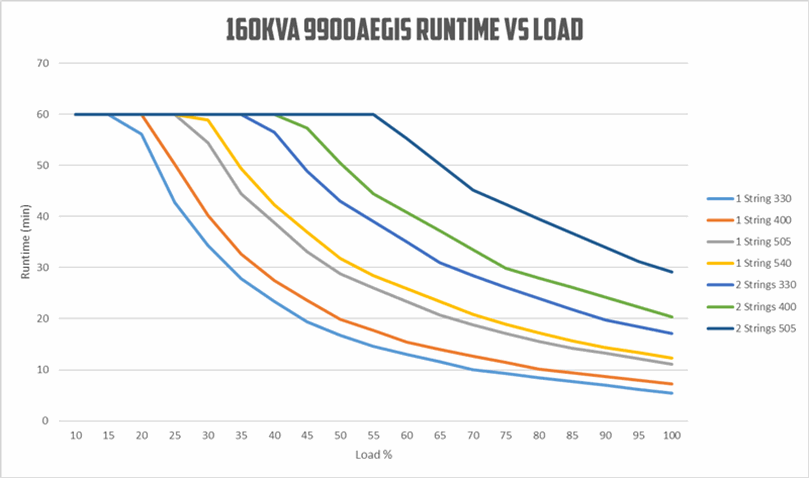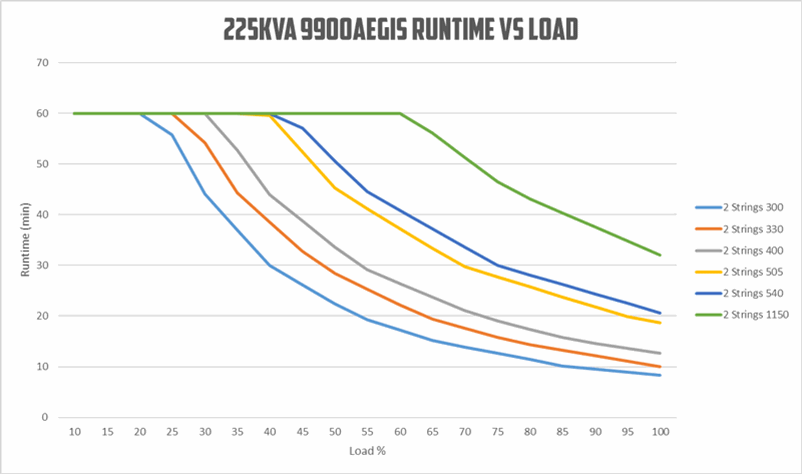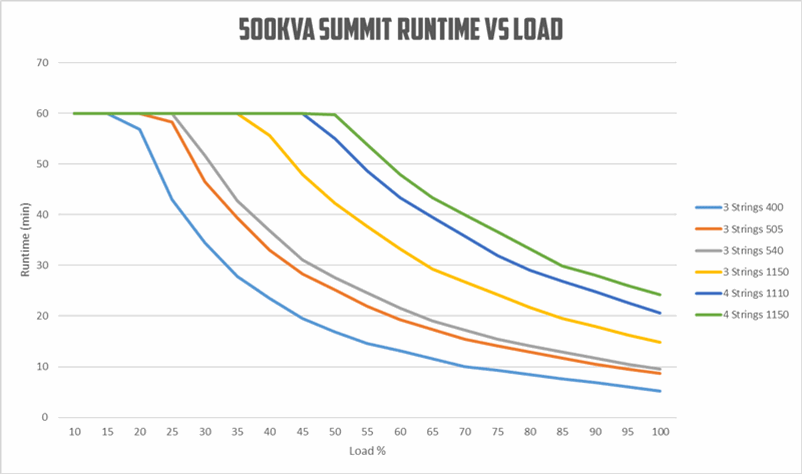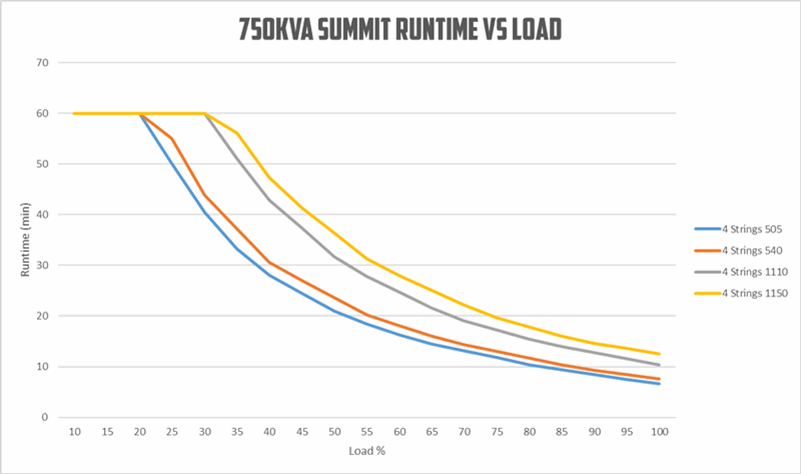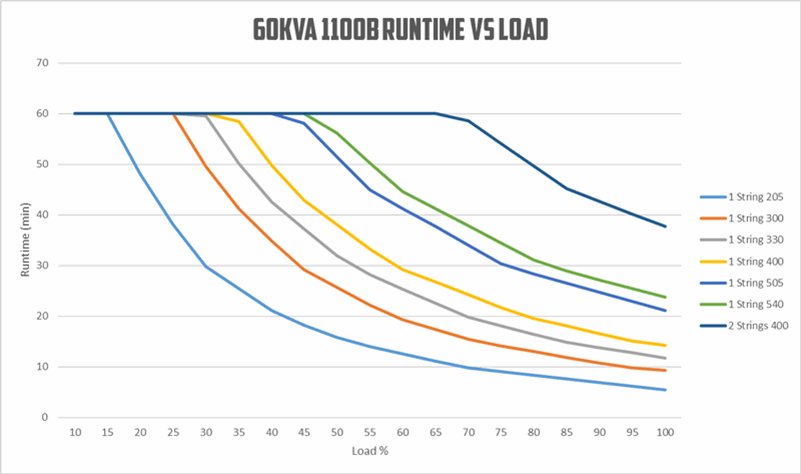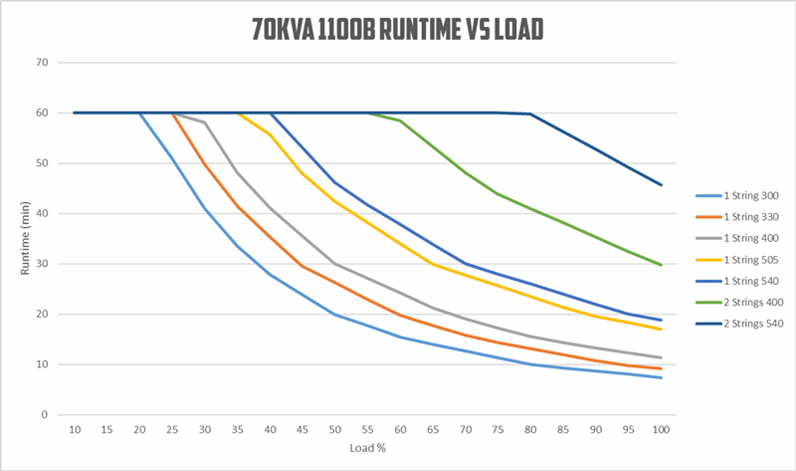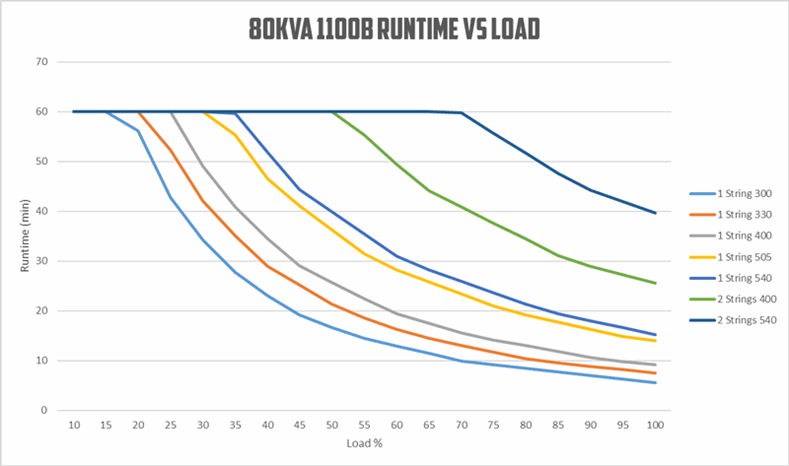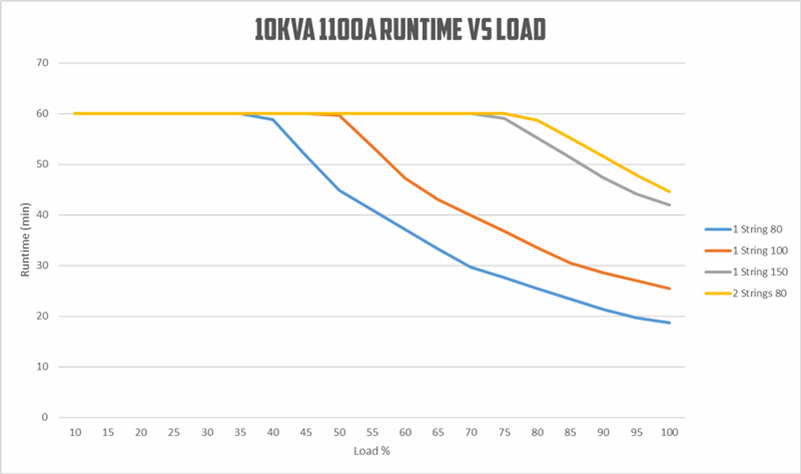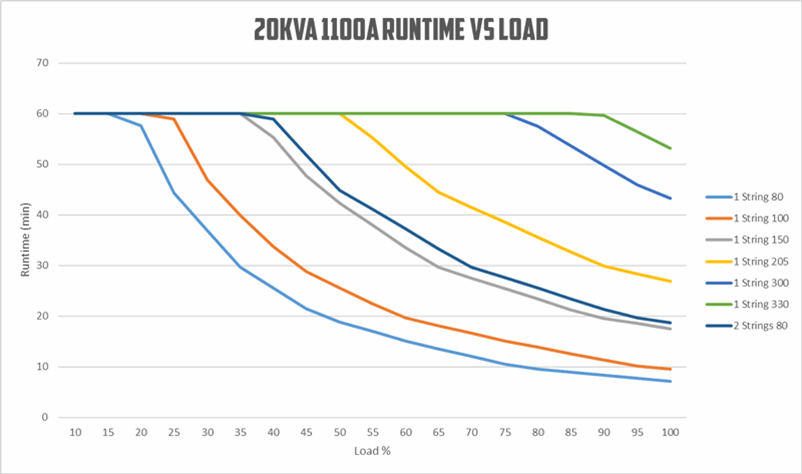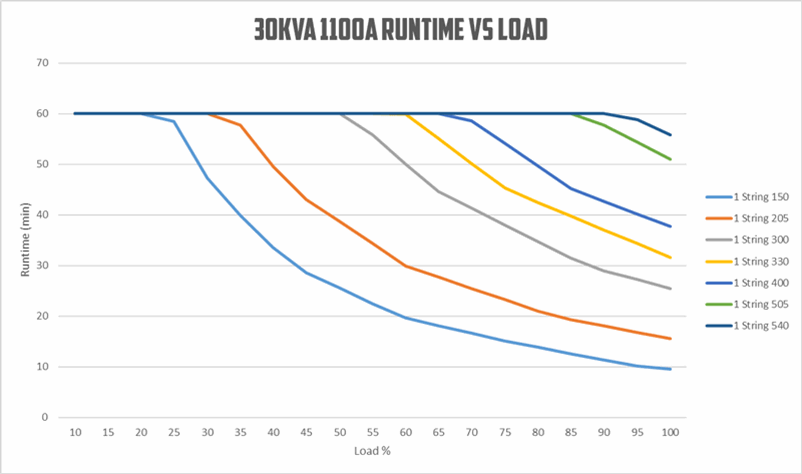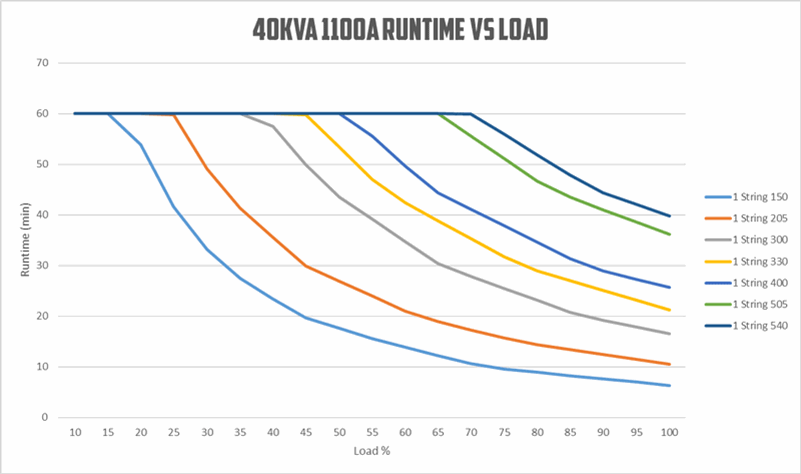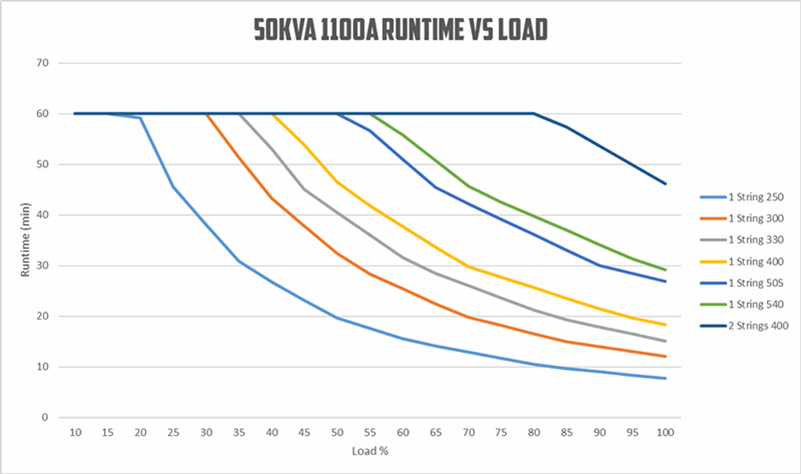UPS Lead Acid Battery Types
Historically, lead acid VRLA batteries have been the most utilized backup power source for uninterruptible power supplies. While newer technologies are quickly gaining traction in the mission critical industry, lead acid battery types remain a relatively popular choice for many use cases.
UPS Lead Acid Battery Types
Historically, lead acid VRLA batteries have been the most utilized backup power source for uninterruptible power supplies. While newer technologies are quickly gaining traction in the mission critical industry, lead acid battery types remain a relatively popular choice for many use cases.
Finding the Right UPS Lead Acid Battery
If you want to deploy lead acid to power your UPS, there are three lead acid battery types to consider.
Understanding the different UPS lead acid battery types and determining the right one for your system requires consideration of:

Required runtime

Expected life
of the battery/ replacement interval

Cost

Operating conditions
such as temperature
Different types of lead acid batteries have different characteristics, so each choice must be carefully considered.
Learn more about UPS lead acid battery types below or explore upgrading to lithium-ion.
VRLA Battery
Lead acid VRLA batteries have been the most prevalent type of battery utilized for UPS applications due to the benefits they offer over the more traditional VLA battery type; they are a “sealed” battery that, in its basic design, utilizes a starved electrolyte absorbed in a plate separator or formed into a gel.
Oxygen will recombine with hydrogen to form water. The only venting to the atmosphere is a one-way safety pressure relief valve in case the rate of hydrogen evolution becomes too high. Because of the “sealed” nature of the design, the batteries (1) do not lose electrolyte; (2) are leak proof; and (3) can be installed in any position.
All these benefits mean that VRLA batteries require less maintenance than VLA type batteries. While the maintenance is minimal, it is recommended to perform regularly scheduled maintenance checks and monitor the batteries to verify their condition and help mitigate the risk of thermal runaway. There are two main designs of VRLA batteries:
- Absorbent Glass Mat (AMG): Electrolyte is held in glass mats with very thin fibers
- Gel Cell: Gelatin electrolyte of sulfuric acid mixed with fumed silica
Out of the different UPS lead acid battery types, VRLA batteries tend to be the most cost-effective solution for the initial upfront investment. They have good performance and work well for most runtime requirements outside of long (hour plus) situations, but do sacrifice lifespan compared to the other lead acid battery types.
VRLA Battery Life
While lead acid VRLA batteries have a design life of 10 years, they realistically need to be replaced every 4-5 years to ensure peak performance. Battery life can be adversely affected when constantly subjected to a higher ambient temperature than recommended by the manufacturer.
Discharge cycles for the batteries also factor into life expectancy, with the rate, length, and frequency of the discharge all playing a role. Lastly, charging attributes influence VRLA battery life; they should be maintained at a float voltage equal to or below the battery manufacturer’s recommendation. Exceeding this preferred value will lead to an overcharge situation and reduce battery life.
VRLA Battery Options
Mitsubishi Electric works with several trusted vendors to provide lead acid VRLA batteries for UPS applications. Whether you are replacing an existing battery or choosing an option for a new UPS installation, Mitsubishi Electric can help you make your decision. Browse the runtime graphs below to find the right capacity and performance for your needs.
VRLA Battery Safety Data Sheets
Check out the various safety data sheets for lead acid VRLA batteries from our trusted vendors.
VLA Battery
Known properly as a VLA (Vented Lead Acid) battery, wet cell batteries differ from lead acid VRLA batteries in that they utilize a vent to allow gas to escape to the atmosphere. A VLA battery is typically encased in large clear enclosures so end users can inspect the levels of liquid electrolyte and condition of the actual lead plates.
Compared to a VRLA battery, a VLA battery provides a considerably longer life (up to 20 years), does not require frequent replacements, and is more resistant to overcharging. Although VLA utilization has dwindled in recent years due to its large footprint, quarterly required maintenance, and high cost, VLA batteries are commonly used in telecommunications, banking, government, and utility industries.
For these reasons, wet cell batteries may command a higher up-front cost than VRLA batteries, but if long runtimes and life are needed, a VLA battery's total cost of ownership may work out in your favor.
VLA Battery Maintenance
VLA batteries have a longer lifespan and require more maintenance over the life of the battery. Typically, a VLA battery requires quarterly maintenance visits to check electrolyte levels and battery jar integrity. Because they are vented to the atmosphere, it is essential to monitor electrolytic fluid on a continual basis, adding water periodically to ensure that proper fluid levels are maintained.
VLA battery installations are physically larger than most other battery solutions and are rack mounted (as opposed to being installed in a cabinet) to provide access for jar maintenance and allow ventilation. VLA batteries require a spill conainment system or a floor coating to manage the liquid electrolyte as this liquid is corrosive and environmentally hazardous. Hydrogen monitoring is required to monitor the battery room accumulation of hydrogen that off-gasses from the VLA batteries.
VLA Battery Options
Mitsubishi Electric works with a number of trusted vendors, so if you are considering wet cell batteries for their extended runtime and longevity, you can contact us to review your application and needs.
VLA Battery Safety Data Sheets
Check out the safety data sheets for VLA batteries from our trusted vendors.
For additional questions, a quote, or to inquire about upgrading to lithium-ion
Pure Lead Battery
Pure Lead batteries have become a popular alternative to regular VRLA and VLA batteries. They are a variation of VRLA AGM batteries, which have extremely pure lead plates (99.9%+ purity). There are many proprietary pure lead plate and grid designs in the industry that enhance efficiency, battery life, and power density.
This can make Pure Lead batteries a suitable substitute for lithium-ion batteries due to their power density and possible concerns that local authorities that have jurisdiction (AHJ) have with lithium-ion batteries.
A Pure Lead battery is a type of VRLA battery but have some differences compared to the traditional VRLA people are often familiar with. Though each manufacturer has differences in what they refer to as a Pure Lead battery, the two most common traits are:
- They are typically manufactured using non-recycled virgin lead.
- The alloy used is formulated to give the maximum performance and life.
Pure Lead batteries deliver several desirable characteristics, such as a prolonged lifespan (12-year design life), longer warranties, longer shelf life without needing charged, and can be designed for a higher tolerance of increased temperatures. Another defining feature is, in cases where an under five-minute runtime is all that is needed, a Pure Lead battery solution can accomplish this whereas regular VRLA batteries cannot be applied or are not warrantied.
Pure Lead Battery Cost
The advanced features of Pure Lead batteries do, however, come with an up-front cost that is slightly more than VRLA, but less than VLA. You will need to assess your cost/benefit priorities before making a decision. As Pure Lead batteries need to be replaced less often than traditional lead acid VRLA batteries, the higher upfront cost could be worthwhile – especially if you require a shorter than 5-minute runtime or need increased power density.
Pure Lead Battery Options
Mitsubishi Electric works with industry-leading vendors to provide Pure Lead battery options compatible with our UPS systems. Browse the runtime graphs below to find the right capacity and performance for your needs.
Pure Lead Battery Safety Data Sheets
Check out the safety data sheets for Pure Lead batteries from our trusted vendors.
We're Lithium ReadyTM. Are you?
Don't Let Your Business Go Dark®
Reach out to our knowledgeable team of Project Application Engineers to learn more about the different UPS lead acid battery types and determine which one best suits your critical power needs.
